Below are the sports that menopausal women should prioritize to prevent muscle loss and keep the body toned:
1. Muscle training
Strength training includes exercises that build strength, which can be done with body weight such as push-ups, lunges, squats or with equipment such as dumbbells, kettlebells or resistance bands.
The heavier the weight or the greater the resistance, the more muscles are activated and developed. Although the majority of muscle mass is in the lower limbs, people over 50 should still alternate between lower body, upper body, and abdominal exercises to maintain firmness and balance throughout the entire body.

Exercising properly helps menopausal women maintain a toned figure, improve mood and quality of life long term.
2. Crossfit
This “warrior” training method combines many different types of exercises: cardio (sprinting, high jumps, jumping rope…), bodyweight exercises (lunges, push-ups, sit-ups…) and weightlifting (pulls, throws…).
All workouts are performed under the supervision of a trainer and are usually timed. Thanks to the high intensity and use of weights, CrossFit helps build strong muscles and increase metabolism.
3. Swimming
This is the sport that works the most muscle groups. Arms, legs, and torso: everything is in constant motion. With the advantage of being trained in a near-weightless environment, swimming is ideal for people with joint pain, overweight, or even recovering from an injury.
To maximize benefits, it is best to alternate the use of equipment (fins for the legs and buttocks, hand paddles and pull buoys for the arms and back) and prioritize interval training (alternate fast swimming and long swimming).
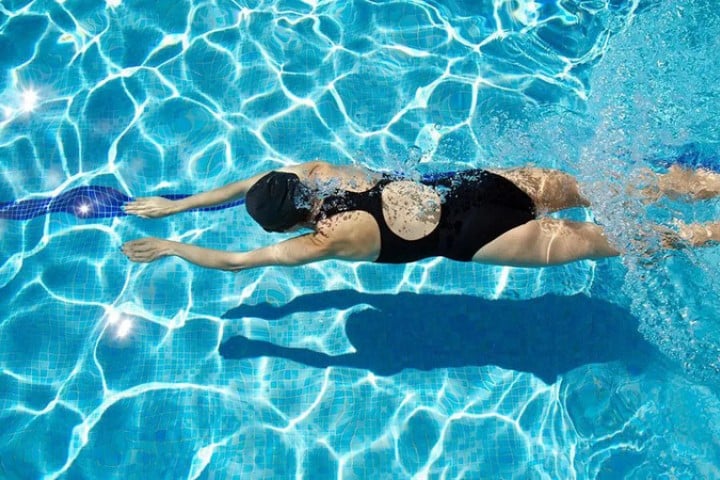
Swimming is a sport that affects the most muscle groups.
4. Kickboxing
Kickboxing works hard on the arms, shoulders, chest, and core, and burns a lot of calories through the continuous kicking and punching movements. This discipline helps improve the firmness of the arms, which are prone to sagging after menopause.
Beginners can start with basic boxing or gentler variation classes.
5. Rowing
After swimming, there is no more complete workout than rowing, which engages almost 90% of the muscles involved. This activity actively strengthens the arms, chest and back, as well as the abdominal muscles, glutes and legs, which are all frequently worked.
The advantage of this seated sport is that it can be started at any age, regardless of body shape or physical condition. With a few exceptions, carpal tunnel syndrome or some tendonitis in the elbow or shoulder, rowing has very few contraindications, even in cases of knee, hip, back pain, or being overweight.
6. HIIT
HIIT (Tabata, EMOM…) consists of short but very high intensity exercise sessions interspersed with recovery. Movements such as squats, burpees, push-ups activate a large amount of muscle and help the body continue to burn calories for hours after the workout; HIIT can be applied to jumping rope, cycling, boxing, running.
7. Mountain climbing
When climbing, the legs and glutes are the strongest muscle groups, not the arms. The feet act as fulcrums, helping to create force to lift the body and maintain balance. At the same time, the core, glutes, and abdominal muscles are always in a tight state to stabilize the body, while the arms and back support the pull.
This makes climbing a full-body workout, activating multiple muscle groups simultaneously throughout the workout.
8. Tennis
Tennis forces players to constantly move, change direction, and engage their lower body almost nonstop. Swinging the body to hit the ball helps increase strength in the back, abdomen, and arms. Therefore, additional exercises should be combined to avoid muscle imbalance due to activity on one side of the body.
9. Cardio exercises
It’s no surprise that the most effective exercises are those that work your upper, middle, and lower body simultaneously. For this type of workout, you can use an elliptical or rowing machine, adjusting the resistance level to fully engage all muscle groups and maximize effectiveness.
Some things to note:
- Combine 3 - 4 strength training sessions/week with 1 - 2 cardio sessions.
- Prioritize regularity, gradual increase, and varied exercises.
- Maintain a high-protein diet and get enough sleep to aid muscle recovery.
Exercising properly not only helps menopausal women maintain a toned figure but also improves mood, endurance and quality of life long term.
Please watch more videos of interest:
Source: https://suckhoedoisong.vn/9-hoat-dong-the-thao-nen-uu-tien-de-chong-mat-co-trong-giai-doan-man-kinh-169251115213932082.htm






![[Photo] General Secretary To Lam and National Assembly Chairman Tran Thanh Man attend the 80th Anniversary of the Traditional Day of the Vietnamese Inspection Sector](https://vphoto.vietnam.vn/thumb/1200x675/vietnam/resource/IMAGE/2025/11/17/1763356362984_a2-bnd-7940-3561-jpg.webp)

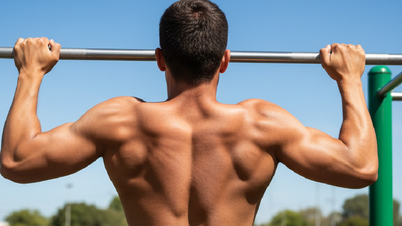

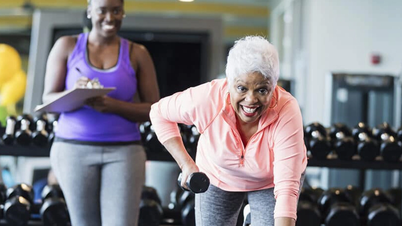

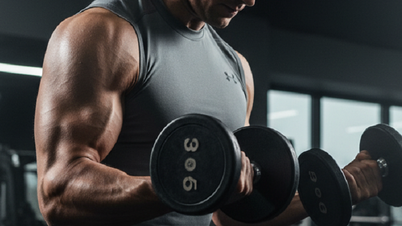







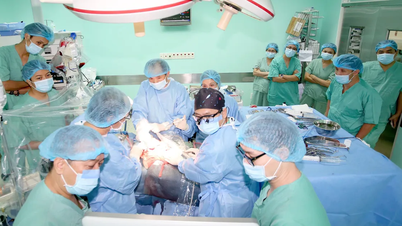

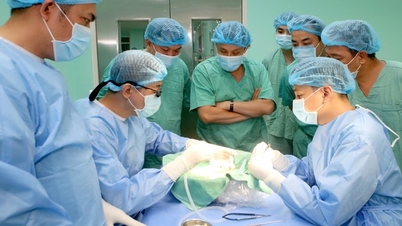





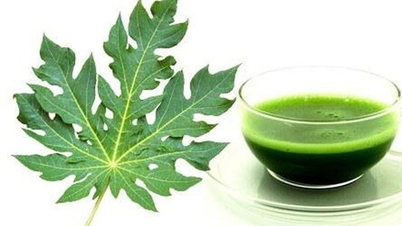



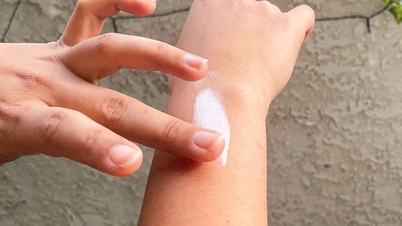




















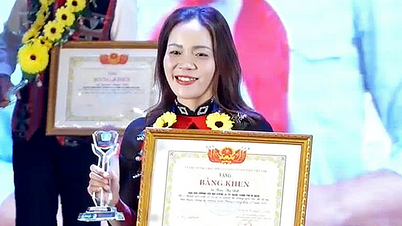



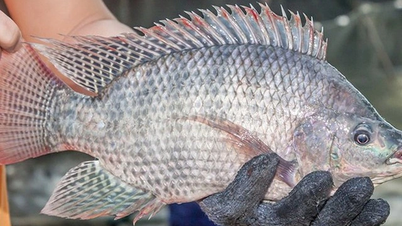

















































Comment (0)